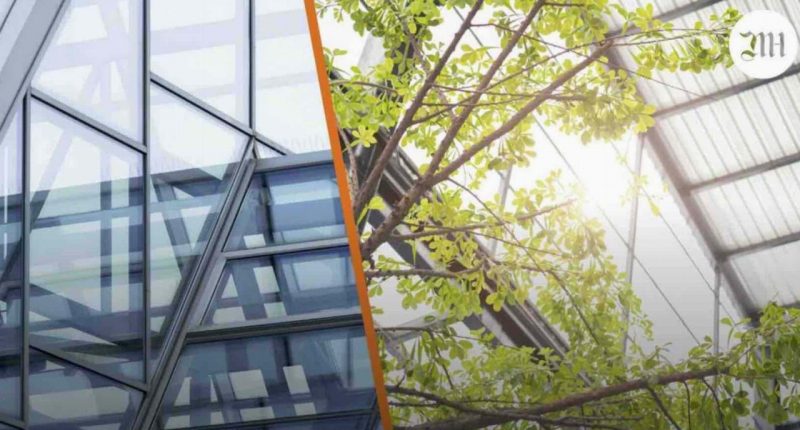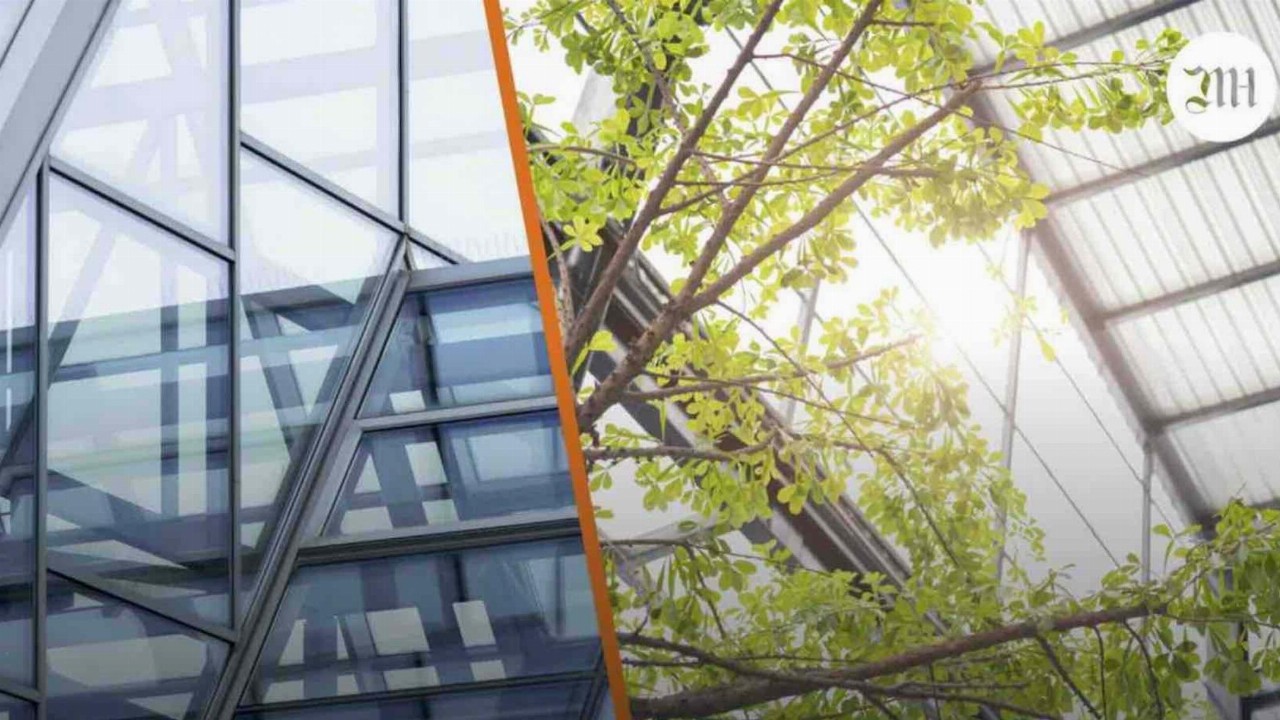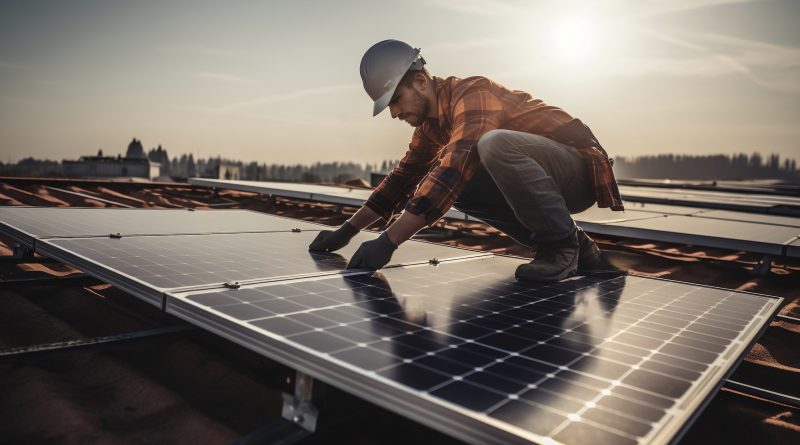
While concepts such as net-zero buildings, sustainable construction, and “turning brown buildings green” are not new, 2023 has seen these trends emerge with force, as energy consumption continues to exceed sustainable costs.
Green building and construction involve creating structures that prioritise sustainable development, efficient resource utilisation, and environmental preservation.
This approach offers numerous benefits for the construction sector, property owners, and renters, including reduced energy bills. As the global population surges, environmental, social, and governance (ESG) standards have elevated for those in the business.
The Green Building Council of Australia (GBCA) claims that Australians spend 90 per cent of their time indoors, resulting in 53 per cent of Australia’s total built environment emissions coming from our homes.
In an exclusive interview with The Market Herald, the GBCA stated that it had “Green Star-certified” more than 3600 buildings with specialised tools and approaches suitable for their projects.
Green Star certification is a straightforward online process that provides specialised tools and approaches suitable for specific projects to meet Green Star benchmarks.
“We know that in Australia 44 per cent of CBD office space is Green Star certified and 40 per cent of retail space is certified,” GBCA Senior Manager of Market Engagement Jamie Wallis said.
The GBCA further states that buildings use 50 per cent of Australia’s electricity, and during peak periods, they consume around 77 per cent.
These statistics are rapidly reshaping the landscape of sustainable construction materials, paving the way forward for industry ASX leaders like ClearVue Technologies (ASX:CPV), Calix (ASX:CXL) and First Graphene (ASX:FGR) to redefine the future of eco-conscious architecture.
How smart cities and green construction are driving a sustainable future
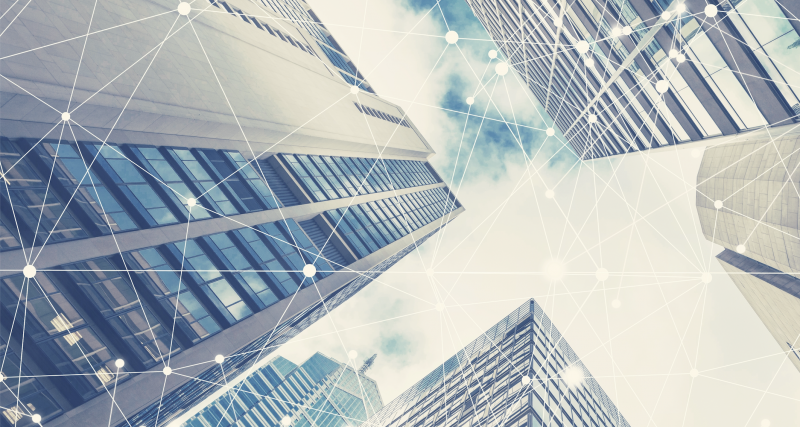
Smart cities and sustainability are becoming more popular due to their ability to enable faster, easier, and more sustainable living through the implementation of smart technology, which reduces our carbon footprint.
According to the International Energy Agency, cities account for more than 50 per cent of the global population, 80 per cent of the global gross domestic product (GDP), and two-thirds of global energy consumption.
Furthermore, they are responsible for more than 70 per cent of annual global carbon emissions. However, with the current evolution of smart cities happening before our very eyes, green construction couldn’t come at a better time.
By 2050, it has been projected that more than 70 per cent of the world’s population will live in cities, resulting in massive demand for urban energy infrastructure.
GBCA’s Mr Wallis said smart and sustainable buildings are crucial for a zero-carbon future among smart cities.
“Technology enables building engineers and operations managers to monitor their building’s energy supply and demand so they can shift energy usage to times when it’s both cheaper and cleaner,” he said.
“As more buildings turn to this solution and become grid-interactive, all-electric and powered by renewables, we’ll see business bottom lines, the environment, communities, and the grid all benefit.”
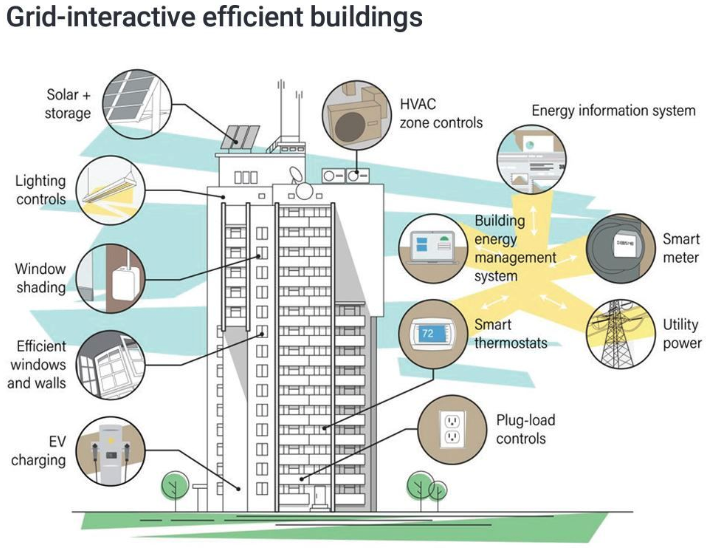
Decarbonising the real estate sector
More than half of Australia’s major commercial property management companies have nearly or fully aligned their business with net-zero 2050 targets, according to the independent and non-profit clean energy organisation, RMI.
This positions Australia as one of the leading countries working to decarbonise its real estate sector.
“Businesses are facing pressure from investors, occupants, staff and consumers to create places that aren’t just better for the environment but are better for people too,” Mr Wallis emphasised.
The World Economic Forum states that real estate drives 40 per cent of global carbon emissions. These buildings are unsustainable and losing their value due to rising concerns over climate change.
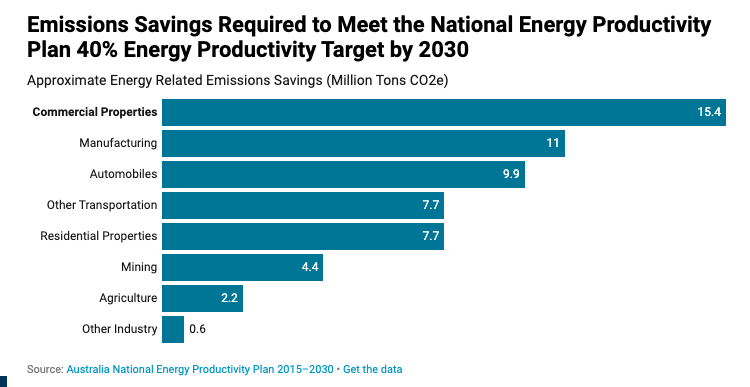
The Australian government has begun rewarding construction businesses for their corporate sustainability in an attempt to continue driving decarbonisation as the main contributor to harmful global emissions.
“Onsite energy generation is one of many pieces that will help the built environment eliminate carbon and transition to buildings that are efficient, all-electric and powered by renewables,” Mr Wallis said.
What ASX companies are promoting sustainable construction?
ClearVue Technologies
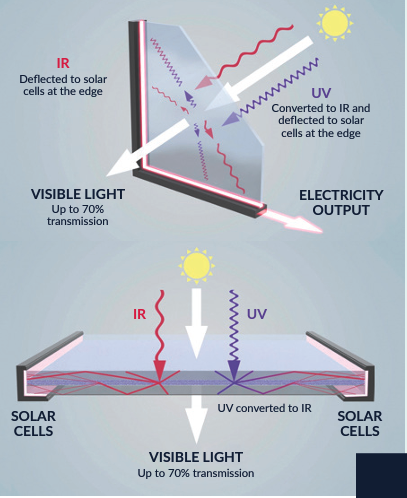
Australian smart technology company ClearVue Technologies is transforming how we see solar with its proprietary technology integrated into building surfaces.
ClearVue operates within the building-integrated photovoltaic (BIPV) sector and uses nano and microparticle technology to internally diffuse, redistribute, and reflect elements of incoming light into its glass. Energy is then harvested from these rays and turned into electricity.
If 100 per cent of a building’s energy needs are met using ClearVue’s solar glass, the building can be labelled a net-zero structure. Apart from well-known companies like Onyx Solar, SageGlass, and Polysolar, ClearVue is one of the only ASX-listed key players in the solar glass facade industry.
In September, ClearVue demonstrated its ability to mass-manufacture its second-generation integrated glazing units (IGUs) for global customers.
“Our ability to mass produce the Second Generation ClearVue IGUs confirms the commercial viability of our product for both large commercial and small-scale bespoke products. We now have proven ability to scale our innovative smart building solutions,” CPV CEO Martin Deil said.
In addition, ClearVue recently established a $30 million at-the-market (ATM) funding facility with Alpha Investment Partners to expand its solar facade solutions and IGU activities into the global market.
“We are currently in discussions with multiple manufacturing license partners around the world, we are confident this demonstration provides certainty to potential licensee partners as well as our existing partners like AIT Group in the US,” Mr Deil further stated.
Calix
Calix, leader of the LEILAC (Low Emissions Intensity Lime and Cement) project, is developing technologies to reduce carbon dioxide emissions in the cement, lime, and magnesia industries.
The LEILAC project is based on Calix’s direct separation technology, which enables pure carbon dioxide to be captured as it is released from limestone.
This process requires no additional chemicals or changes to conventional processes for cement, as it simply replaces the pre-heater tower in a cement plant or lime kiln in a lime plant.
In the company’s 2023 letter to Australian shareholders, CEO Phil Hodgson said that the year provided significant milestones.
“We signed a first-of-a-kind licence agreement with Heidelberg Materials for cement decarbonisation; secured ARENA funding for further work on decarbonising iron and steel; executed a joint venture with Pilbara Minerals (ASX:PLS); and raised the capital required to continue developing our decarbonisation solutions,” he said.
“In the second half of the financial year, we also announced two exciting new applications: Direct Air Capture of atmospheric CO2 in partnership with Heirloom, and provision of captured industrial CO2 for sustainable transport fuels as part of the HyGATE-funded Solar Methanol project.”
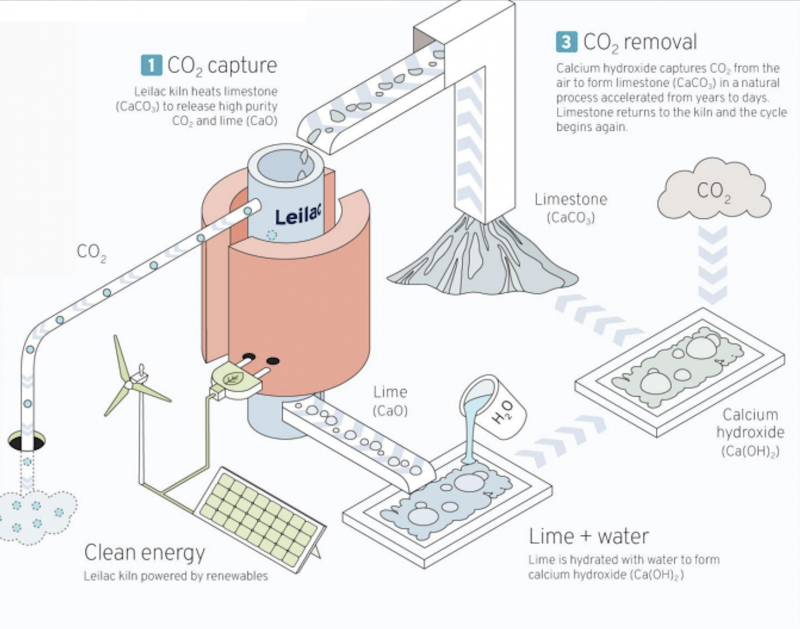
First Graphene
WA-based First Graphene has also embraced the green construction trends, establishing itself as a globally preeminent supplier of graphitic materials.
Graphene is a single sheet of carbon atoms arranged in a hexagonal network. The material is thin, strong, flexible, has an impermeable barrier, is conductive, and can absorb light.
Its unique structure makes it one of the thinnest materials ever isolated, and more than 40 times stronger than a diamond.
First Graphene has supplied the green materials market with its own proprietary high-performance PureGRAPH® additive designed to enable easy dispersion within a broad range of materials.
When used for construction, the additive can be formulated into water to create polar solvent-based solutions. With dosage rates as low as 0.01 per cent of the total concrete mix, a small amount of PureGRAPH® enhances strength, durability, and multi-functionality.
In the company’s 2023 annual report, Chairman Warwick Grigor said First Graphene had enjoyed a successful year advancing its global graphene trials for cement and concrete, with stage one results proving a 15 per cent reduction in carbon emissions.
“With industrial-scale programs commencing with the largest cement manufacturing company in the UK, we continue to undertake more detailed test work to optimise trial outcomes, working closely with that company as part of the qualification process” he said.
“In the meantime, we continue to sell PureGRAPH® to a range of consistent customers with annual sales exceeding the AUD$1 million mark for the first time.”
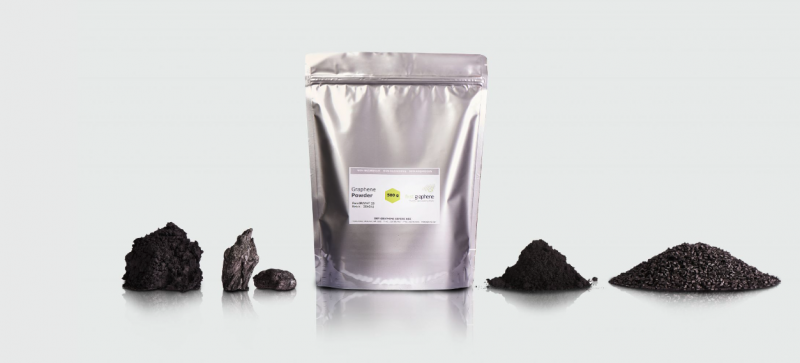
The positive for business
Global market intelligence and consulting organisation, Coherent Market Insights, valued the global green construction market size at US$265.7 billion (A$422.6 billion) in 2020. By 2028, it is anticipated to reach US$602.1 billion (A$957.6 billion) at a CAGR of 11.4 per cent.
Not only is the market poised to grow exponentially over the next few years, but green construction techniques and materials are also destined to save businesses time, money and energy.
Building maintenance and operation costs will drop due to materials like bamboo and recycled steel lasting longer. Energy-efficient designs like high-efficiency HVAC systems, insulation, and lighting also reduce energy consumption and the overall cost of a project.
Energy efficiency and passive design using renewable resources like solar and wind deliver higher energy savings, with green buildings often incorporating air sealing and insulation to reduce heating and cooling losses.
By reducing operating costs, improving energy efficiency, and creating an environmentally friendly space, green construction can provide an attractive return on investment for any real estate owner or investor.
“80 per cent of Australians believe that climate action is necessary, and businesses are starting to respond to that and when they do, they can enjoy the many other benefits of green building,” Mr Wallis said.
“These benefits include future-proofing assets for the long term, access to sustainable finance, boosting resilience in the face of climate change, meeting Environmental, Social and Governance (ESG) goals, and attracting tenants as more seek places that are healthy for people and the planet.”

